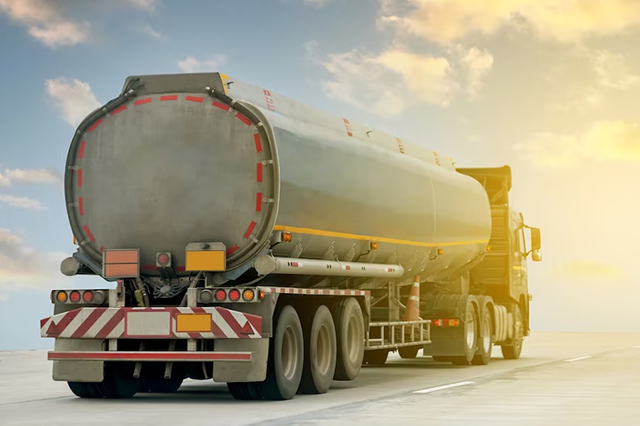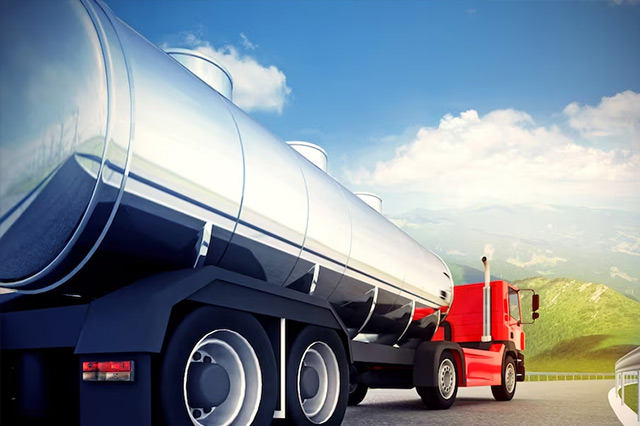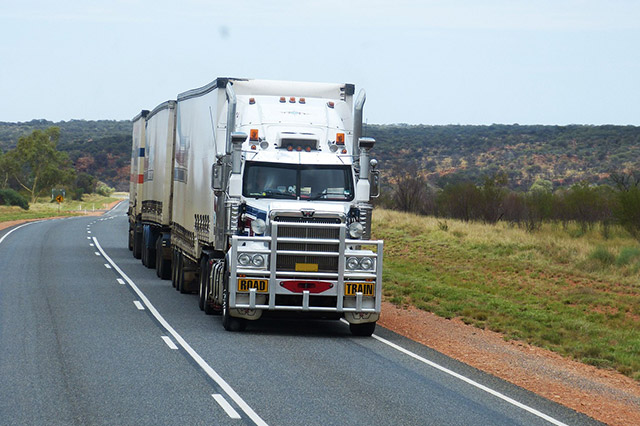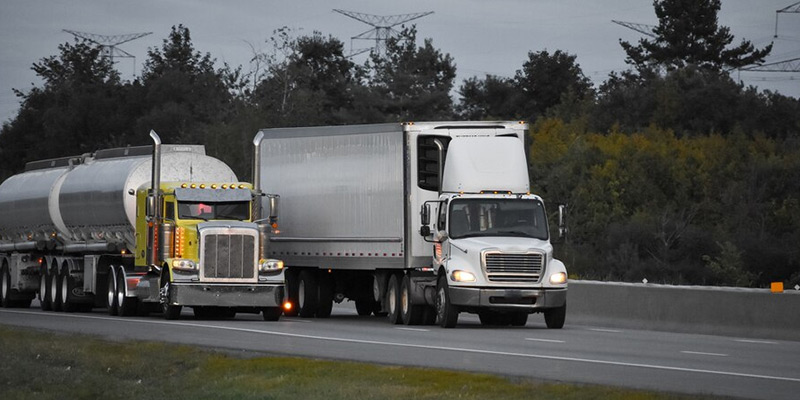The logistics of transporting oil and gas are as complex as the networks these invaluable resources flow through. At the heart of this maze, we find the workhorses of the industry: tanker trucks.
These huge vehicles are more than just a way to travel. They are a key part of safe, efficient transportation procedures. These procedures are critical to the success and safety of the oil and gas sector.
Read below to learn more about understanding and navigating tanker truck capacity for safe oil and gas transportation.
Tanker Truck Capacity
Tanker trucks are designed to transport large quantities of liquids, such as oil and gas. They are usually cylindrical.
They have a round or elliptical cross-section. This shape optimizes weight distribution for carrying heavy loads.
The tanker truck capacity can vary depending on its size and design, but it can often hold anywhere from 5,000 to 11,000 gallons (19,000 to 41,600 liters) of liquid. To put this into perspective, the average car only holds about 15 gallons (56.8 liters) of fuel.
The capacity of a tanker truck is crucial to consider when planning oil and gas transportation routes. This information affects the number of trips needed to move a certain amount of product.
Factors Affecting Tanker Truck Capacity

Some factors can impact the capacity of a tanker truck. This includes:
Size and Design
The truck size and design play a significant role in determining the tanker truck’s maximum capacity. For example, larger trucks with more axles can carry heavier loads than smaller ones.
This is due to the weight distribution on the truck, which can affect its stability and safety while on the road. Additionally, some tankers are designed with many compartments.
Small tanker trucks
Any small tanker trucks generally incorporate vehicles that have a capacity below 3,000 gallons or almost 11,000 liters. Apart from fuel distribution, any small tanker truck is also hired for moving small amounts of liquid cargo within a small distance and also features a pumping system to meet their preferred specifications.
In matters of fuel distribution, small tankers are very effective. They are important and effective equipment for delivering liquified petroleum gases to the community. The smallest tanker can hold upto 3,800 liters or 1,800 gallons of fuel under pressure.
Heavy-duty tanker trucks
Heavy-duty tanker trucks are mostly used in the gas and oil industry. They mostly transport natural gas, gasoline, diesel, and liquefied petroleum gas from one oil production site to another filling station. There are other products as well that are transported through heavy-duty tankers, like water, dairy products, industrial chemicals, and alcohol.
Large tankers mostly carry about 11,000 gallons and can also be used for long-distance distributions. These tankers are designed from various materials, like aluminum, carbon, steel, and FRP, depending on their use. It is also common for a heavy-duty tanker trucks to have different compartments for taking different products all at once.
Bulkheads
Well, this one speaks for the different kinds of design a tanker can have. Tanker trucks that have a bulkhead design create various isolated storage compartments inside the tanker. This bulkhead design generally controls the back-and-forth movement of the tank. However, it does not address the side movements precisely and the tanker with the risk of falling over.
To make sure that the tanker truck is stable, the back and front compartments are overloaded, so that during the unloading and loading of the cargo, it is distributed as evenly as it can be during the unloading and loading activities.
Baffles
Baffles are very similar to bulkhead designs and have angled dividers along with holes to effectively slow down the front-to-back flow of the cargo. Even though baffles are effective in controlling the front-to-back flow, they are not quite effective in addressing the side-to-side movements, similar to bulkheads.
And because of that, there is a high risk of turning on the curves when they exceed the capacity of almost 6,000 gallons.
Smoothbores
For this design, there are no compartments made inside the tanker. It has one smooth, long exterior. There are multiple reasons why a taker has a smoothbore design. However, there is a very high risk of sloshing when the tanker is half-filled. This can change the direction of the tanker at times.
For example, a sudden change in the speed would slam the cargo into the walls of the tanker, and this can cause the tanker to skid. Inspite of this issue, tanker trucks that have a smoothbore design are mostly allowed to carry a higher capacity of cargo.
Type of Liquid

The types of liquid can also impact the tanker truck’s capacity. Some tanker trucks’ capacity may weigh more or take up more space, thus requiring a different size or design of the truck to accommodate them.
Oil and gas have different densities. They may need specific tanker trucks with the suitable capacity to transport them.
Density
Apart from the design and type of the tanker, the maximum capacity a tanker can hold depends on the density of the liquid that it is carrying as well. Density is the amount of space any material mass is taking up. Because of that, any dense material like water is heavier than gasoline because it has a low density.
Regulations and Safety Standards
Tanker trucks must follow strict regulations and safety standards to transport oil and gas safely. This includes weight restrictions, which can impact the capacity of a truck.
Also, different countries may have varying rules for tanker truck design and capacity. Companies must understand and follow these rules when planning routes.
If you need safe transportation for oil and gas, you must consider crude hauling. This is the best option to guarantee that your goods are delivered promptly and securely.
Maintenance and Inspection
Regular maintenance and thorough inspections are essential. They make sure that tanker trucks operate well and safely.
We must do checks often. They find wear and tear, possible leaks, and mechanical issues. These problems could harm the tanker’s safety. These preventive measures are crucial for the longevity of tanker trucks.
Technological Advancements
Recent technological advancements significantly impact the efficiency and safety of tanker trucks. Innovations such as real-time tracking systems, advanced materials for construction, and intelligent safety features that alert drivers to potential hazards are transforming how tanker truck capacity is managed.
Integrating these technologies paves the way for safer, more reliable, and environmentally responsible transport solutions in the oil and gas industry.
Learning the Max Tanker Truck Capacity

Understanding and optimizing tanker truck capacity is a multifaceted challenge that demands meticulous attention to detail and adherence to safety standards. Each element plays a crucial role in ensuring efficient and secure delivery.
With technological advancements, the oil and gas industry can navigate the complexities of tanker truck transportation.
Visit our website for more helpful tips.
Read Next..




























